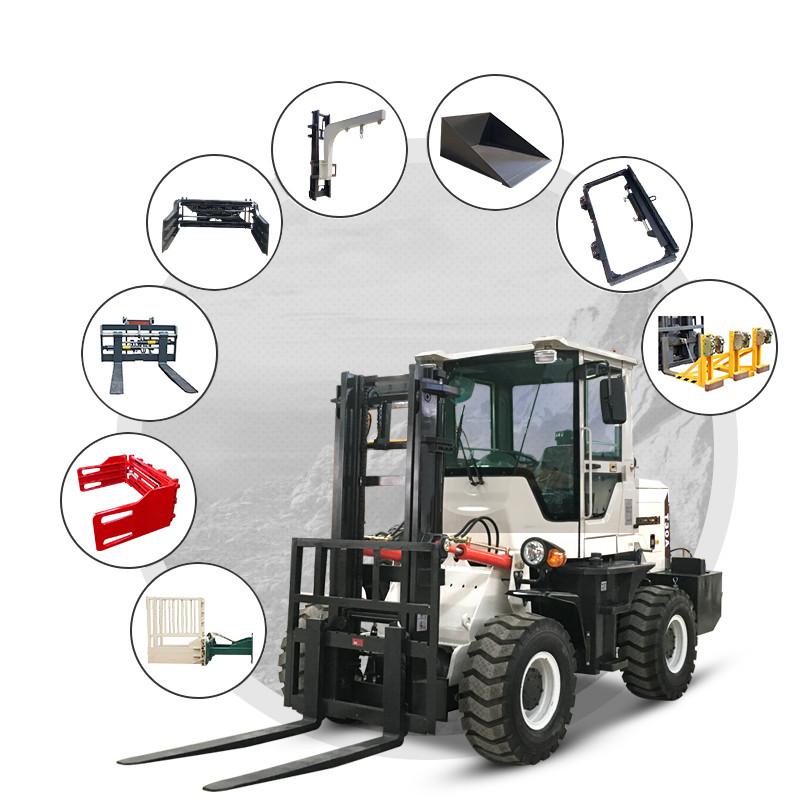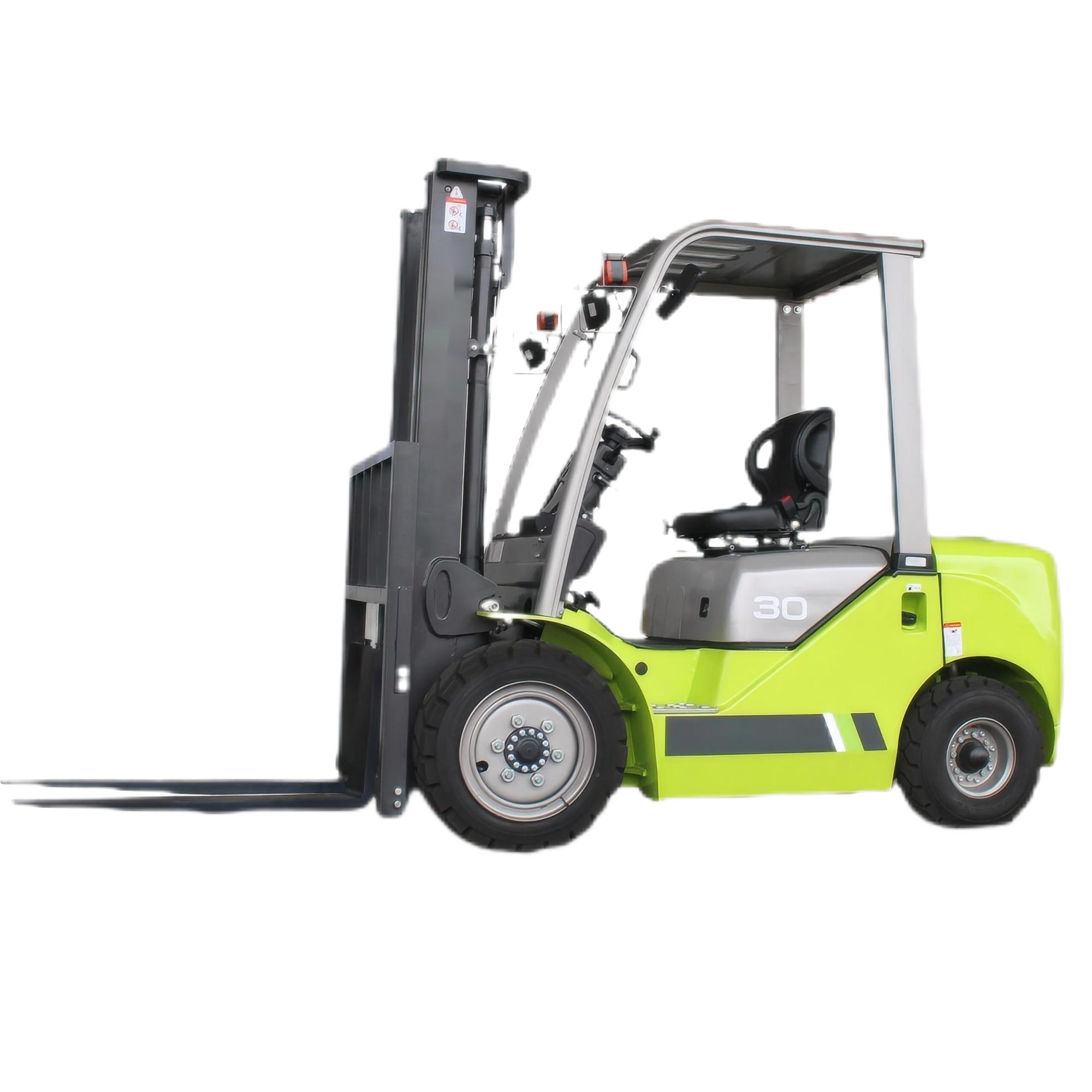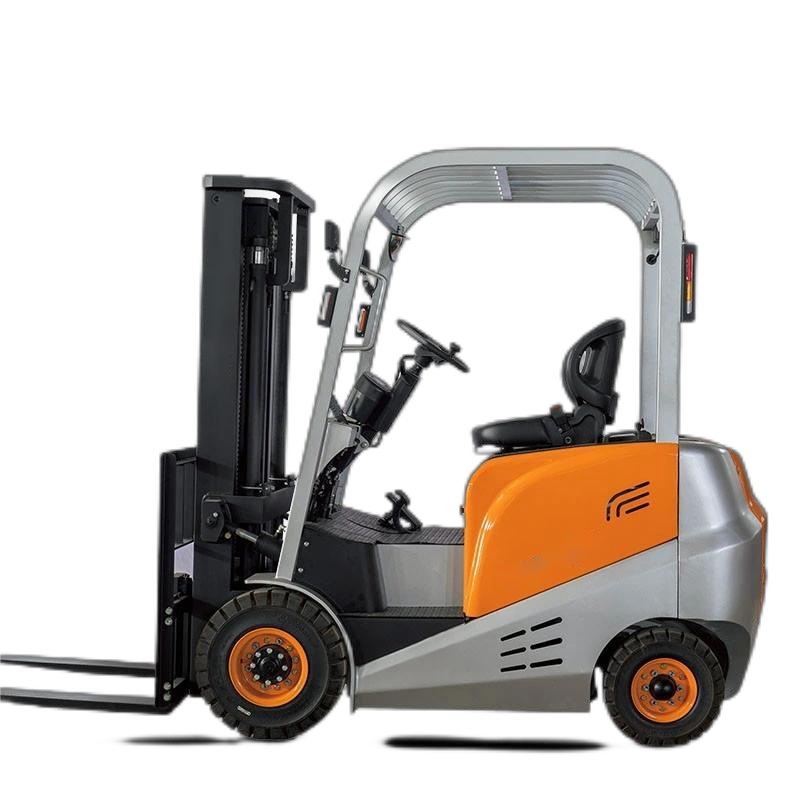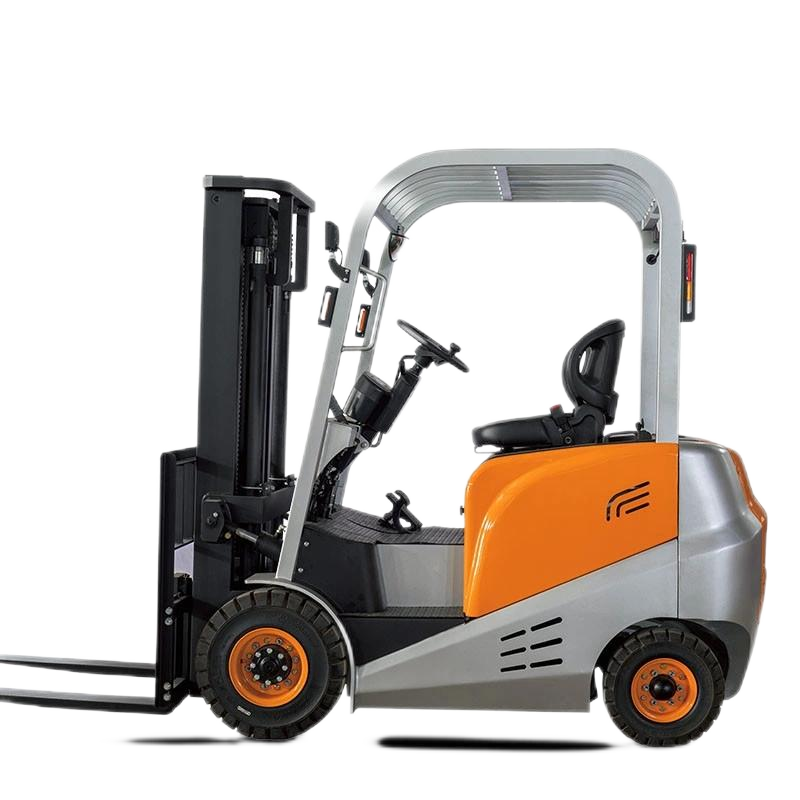Off-road forklifts are industrial handling equipment specifically designed for complex outdoor terrains. Their core features are strong terrain adaptability and off-road performance. The following is a detailed analysis of off-road forklifts:

Core Features and Functions
All-terrain Adaptability
Equipped with a high ground clearance, wide off-road tires (such as solid tires or deep-tread tires), and a reinforced suspension system, it can drive stably in harsh environments such as rough roads, muddy areas, sandy grounds, and snowy regions.
Powerful Power System
It usually uses a diesel engine, providing higher torque and power output to meet the needs of heavy loads and climbing slopes.
High Load Capacity and Flexibility
The load capacity generally ranges from 2 to 10 tons. Some models can adjust the angle of the forks through a hydraulic system to adapt to the loading and unloading requirements of different goods.
Durable Design
The body structure is sturdy, and key components (such as the engine and gearbox) have the characteristics of water resistance, dust resistance, and impact resistance, making it suitable for long-term outdoor operations.
Typical Application Scenarios
Construction Sites: Handling heavy building materials such as steel bars, concrete blocks, and scaffolding, and adapting to the uneven ground on construction sites.
Mines and Quarries: Transporting ores and equipment within the mining area, dealing with steep ramps and gravel roads.
Forestry and Agriculture: Loading and unloading goods such as logs and forage, and navigating through the complex terrains of forests or farmlands.
Ports and Logistics Parks: Handling goods in open-air storage yards or temporary work sites without being restricted by ground conditions.
Emergency Rescue: Serving as a temporary handling tool in post-disaster reconstruction or field operations to quickly respond to special needs.
Differences from Ordinary Forklifts
Comparison Dimensions Off-road Forklifts Ordinary Forklifts
Usage Environment Complex outdoor terrains (muddy areas, sandy grounds, slopes, etc.) Indoor or flat outdoor sites
Power System Mainly diesel engines, with strong power Electric or internal combustion engines, suitable for light to medium loads
Tires and Suspension Off-road tires, high ground clearance, reinforced suspension Solid or pneumatic tires, with a simpler suspension
Load Capacity Usually higher (2-10 tons) Generally 1-5 tons
Flexibility Larger turning radius, but strong terrain adaptability Flexible turning, suitable for narrow spaces
Technological Development Trends
Intelligent Upgrades: Some off-road forklifts integrate GPS navigation, obstacle sensing systems, and even autonomous driving functions to enhance operational safety and efficiency.
Application of New Energy Sources: To reduce emissions, electric or hybrid off-road forklifts are gradually emerging to adapt to scenarios with higher environmental protection requirements.
Modular Design: Different attachments (such as hooks, snow pushers, etc.) can be replaced to expand the versatility of the equipment.
Conclusion
With their strong terrain adaptability and heavy load performance, off-road forklifts have become indispensable handling tools in complex outdoor environments. Although their purchase and maintenance costs are relatively high, their efficiency and irreplaceability in specific scenarios have led to their wide application in fields such as construction, mining, and forestry. With technological advancements, off-road forklifts are evolving towards a more intelligent and environmentally friendly direction, further enhancing their operational capabilities in extreme environments.








